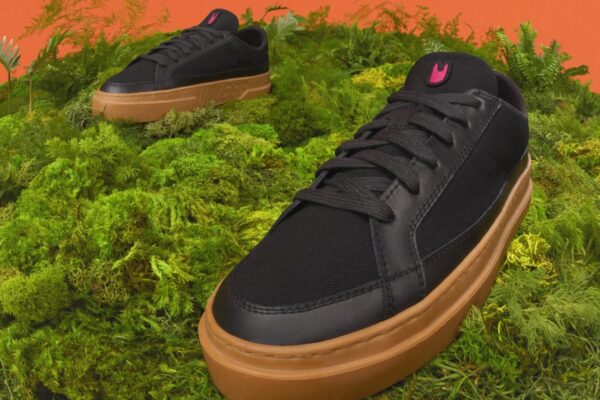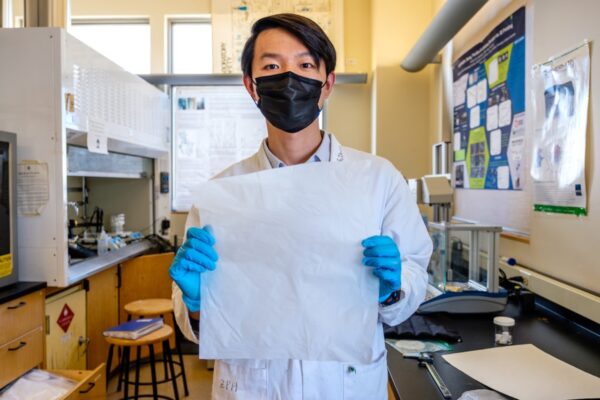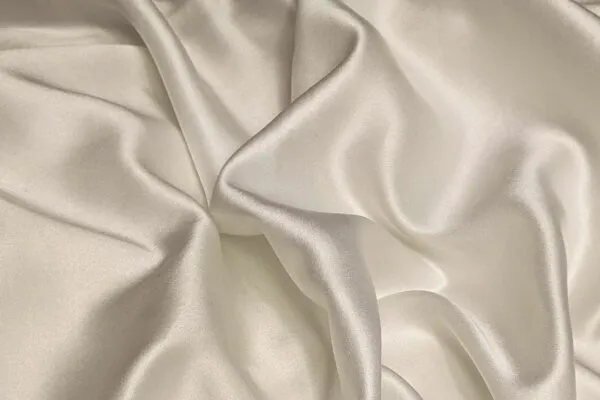BMW Becomes First Automotive Manufacturer to Use Bio-Waste-Based Paint
According to the BMW Group, the use of bio-waste-based materials to make paints and corrosion protection coating can help them reduce their carbon emission by 40-percent
In today’s time, people are becoming more aware of choosing a sustainable way of living. Even car makers don’t want to contribute to the environmental decline. That’s why many automotive manufacturers have started using recycled or upcycled materials to make their cars. Even the BMW Group wants to give its cars a remarkable gleam with new bio-waste-based paint. With the creation of this sustainable paint, BMW has become the first-ever car manufacturer to use matte paints made of biomass – NOT crude oil.
Using bio-wastes in making car paint, BMW can reduce the need for crude oil in its manufacturing process. Hence, they estimate to save around 15,000 tonnes of their carbon emissions by 2030. Besides sustainable car paint, BMW Group Plants Leipzig (Germany) and Rosslyn (South Africa) are using sustainable corrosion protection.
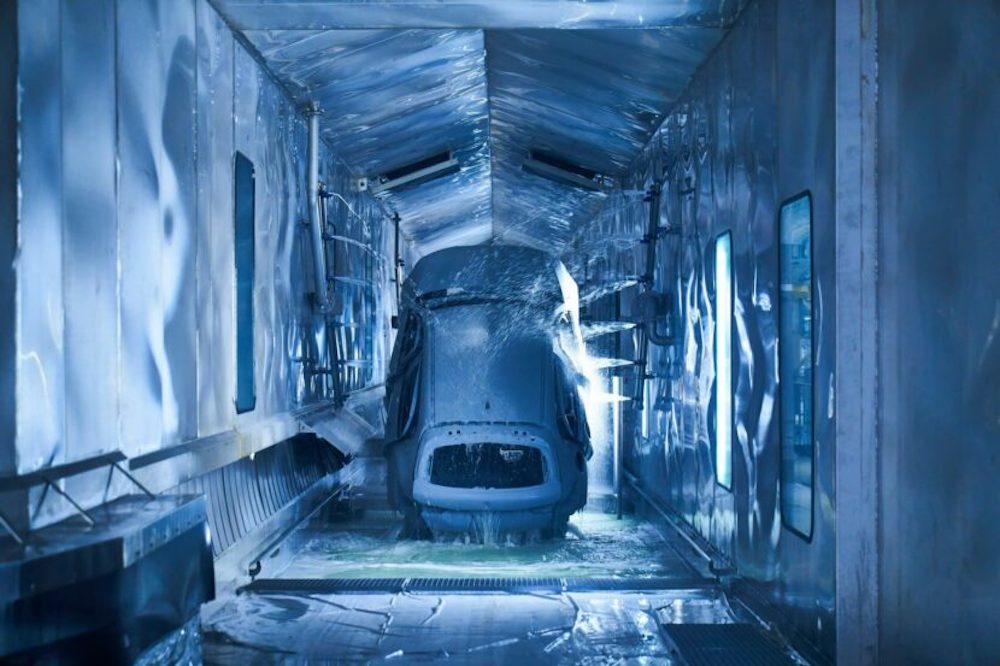
Image: BMW Blog
Using such sustainable vehicle coatings, the car manufacturer aims to avoid around 40-percent of the carbon dioxide emissions per coating layer. So, there will be 15,000 metric tons of decrease in the amount of CO2 released in the plants by 2030.
BASF uses innovative production processes to enable its firm to replace petroleum-based precursors. So, instead of naphtha and other products, they will use sustainable raw materials obtained from organic waste. They will use a certified approach for mass balance, as the conventional coatings and bio-waste-based paint are made on the same line. It will further help in the initial stages of paint production. Furthermore, it will not just decrease fossil resource consumption but also prevent the emissions of CO2 rated to transportation, production, and crude oil processing.
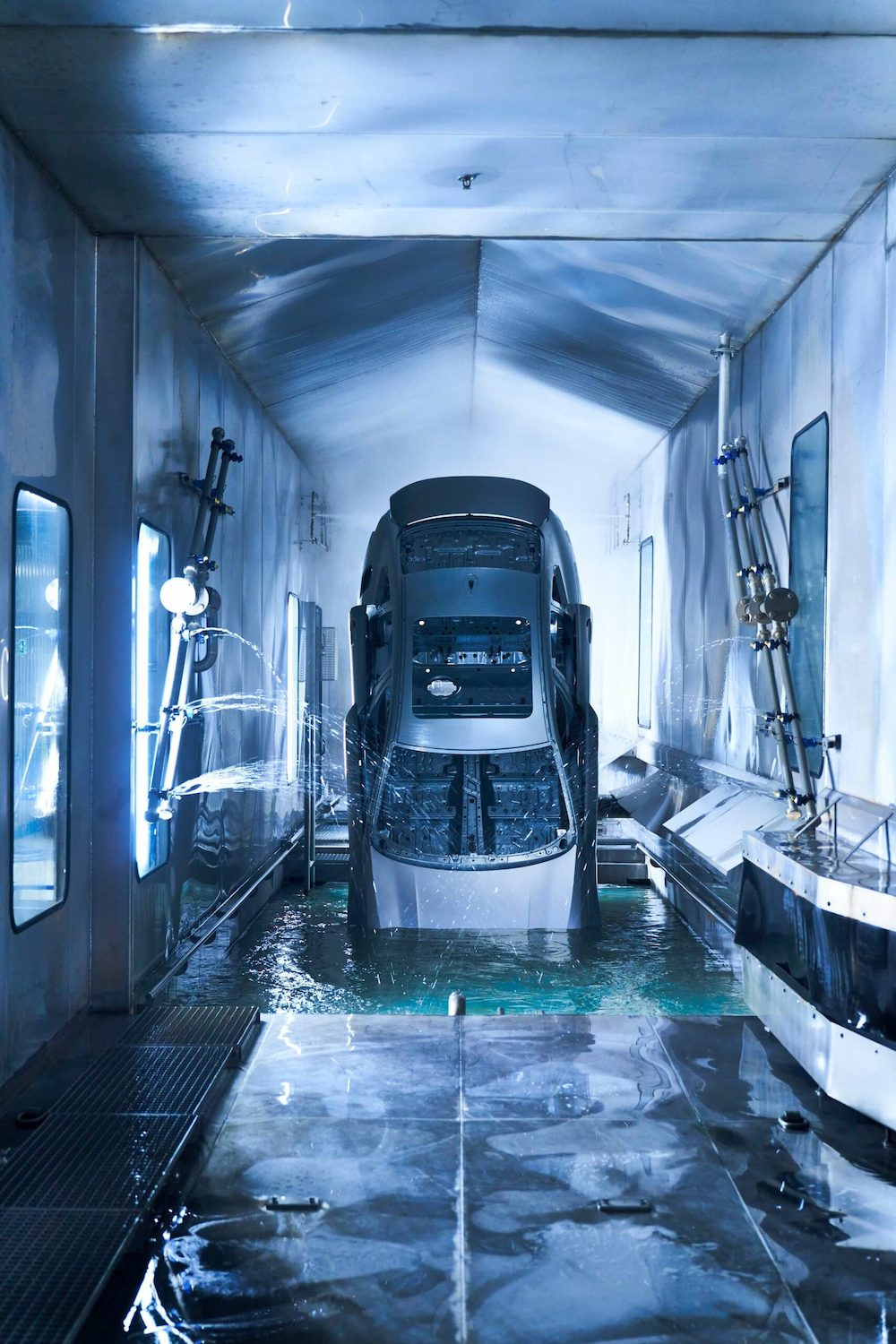
Image: BMW Blog
Apart from that, the CathoGuard 800 e-coat made with corrosion protection technology will prolong the life of millions of cars. The biomass-controlled version, CathoGuard 800 ReSource, also helps in carbon footprint reduction. It reduces the CO2 footprint from the application of e-coat while improving its efficiency.
However, the product’s formulation will remain the same. It means the matte paints and corrosion protection used at BMW Group plants will remain chemically similar to the previously used paints. Moreover, all the properties will remain identical to traditionally formed body coatings.
Via: BMW Blog
